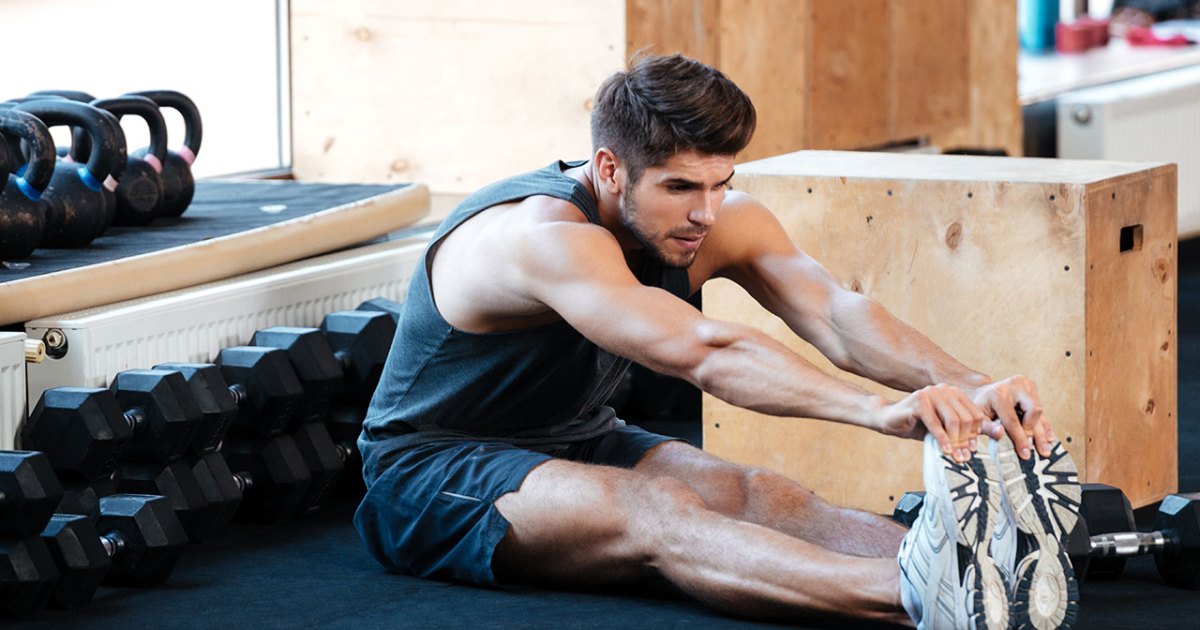How To Prevent Patellofemoral Pain Syndrome
Patellofemoral pain syndrome is a term that refers to pain around the kneecap and in the front of the knee. It commonly occurs in individuals who participate in sports, though it can also occur in non-athletes. The groups who most commonly develop this pain are young adults and females. Stiffness and pain make climbing stairs, kneeling, and performing other activities difficult. A number of factors can contribute to the development of this pain. Symptoms can usually be relieved through therapeutic exercises and changes in activity levels. Individuals can take certain precautions to prevent themselves from developing patellofemoral pain syndrome. While it's not guaranteed these things will always prevent patellofemoral pain syndrome, they will significantly reduce an individual's risk level.
Lose Excess Weight

The knee is the largest joint in the body. Patellofemoral pain syndrome happens when an individual's nervous system senses there's pain in the bone and soft tissues surrounding the kneecap, including the pad of fat underneath the patella, tendons, and tissue lining the joint. With some cases of patellofemoral pain syndrome, weight loss can be helpful. Excess weight can cause strain on the joint and surrounding tissues, which might make the pain worse. With that said, many studies indicate weight isn't always a significant cause of the condition. But patients with patellofemoral pain syndrome will often need to lose weight before they can undergo surgery for knee pain.
Stretch And Warm Up Before Exercise

It helps to stretch and warm up before exercise, particularly for athletes, as doing so can reduce tightness and tension in the joint. In addition, stretching can help prevent a number of other potential injuries and complications from exercise. It's common for patellofemoral pain syndrome to be related to a loss of cartilage in the knee. The symptoms might get worse when doing activities that use the knee like running, squatting, cycling, sitting with your knees bent, climbing, or jumping. Individuals can do certain exercises that strengthen the knees surrounding the hips and knees. This helps with muscle balance and alignment.
Individuals can do a straight leg lift by lying on their back, keeping their knee straight, and lifting their leg to a forty-five-degree angle. Another exercise is a wall slide, where the individual stands against the wall and slide down until their knees are at a forty-five-degree angle. Individuals can also do an external hip rotation exercise by lying on their side and opening and closing their knees.
